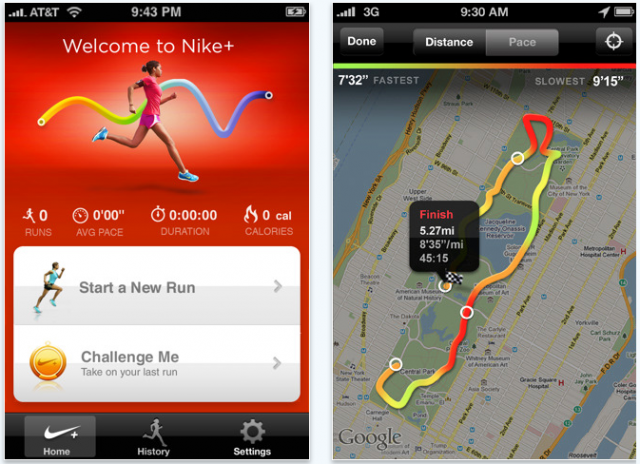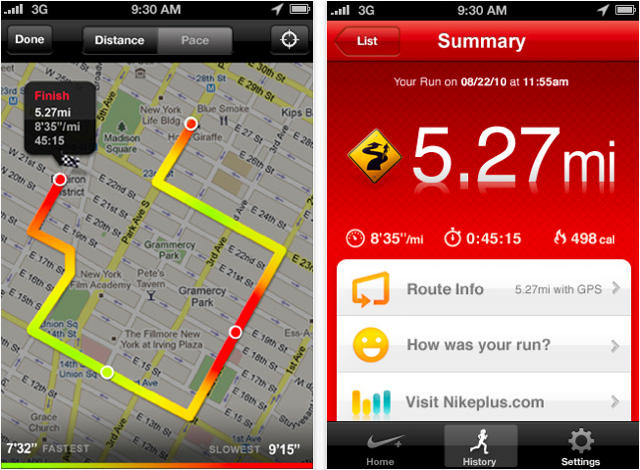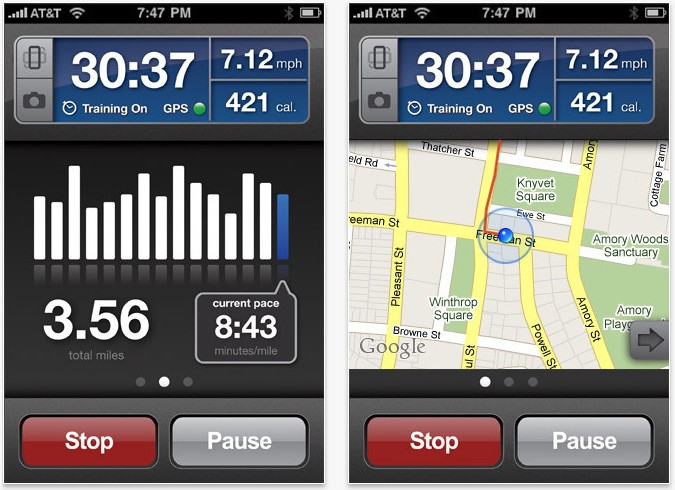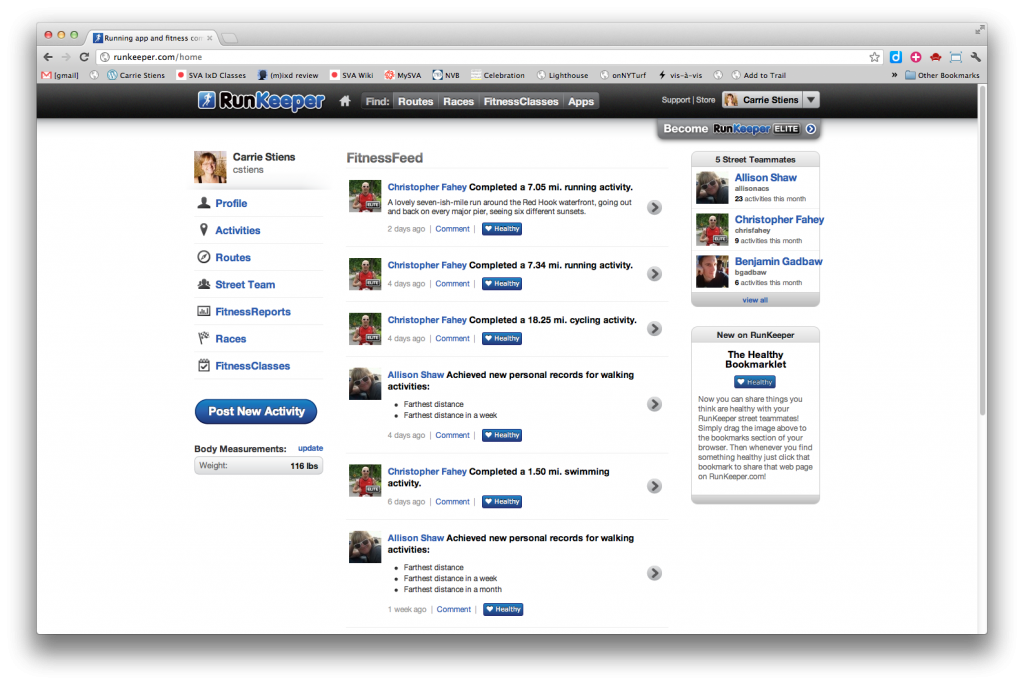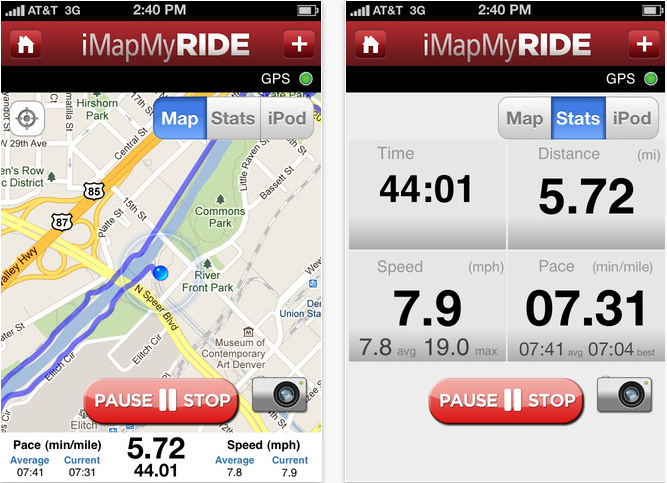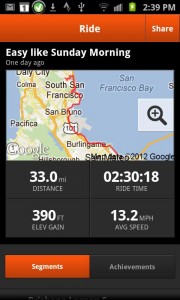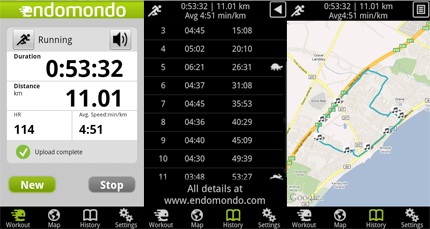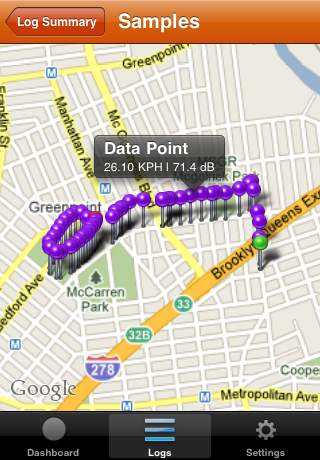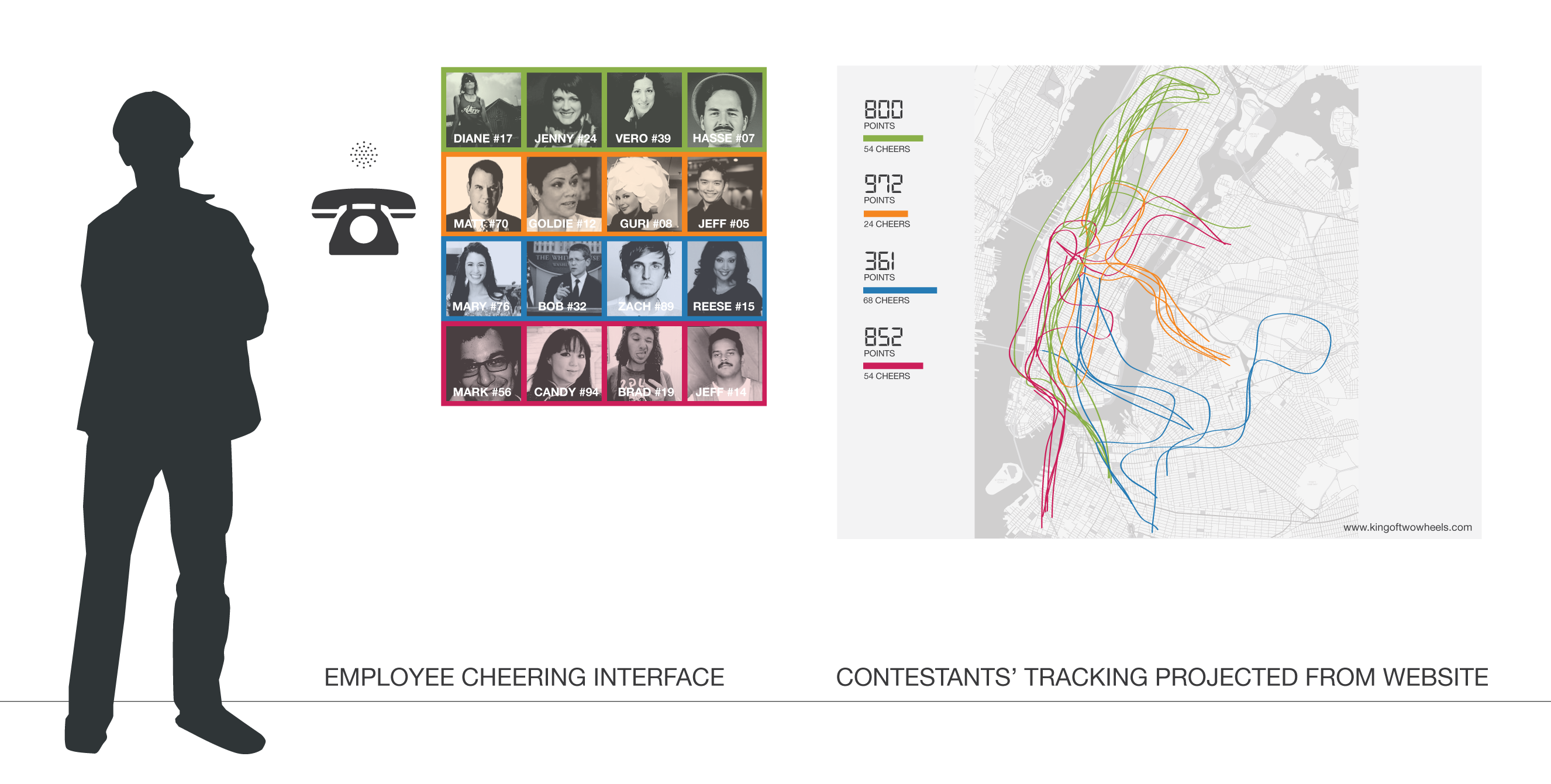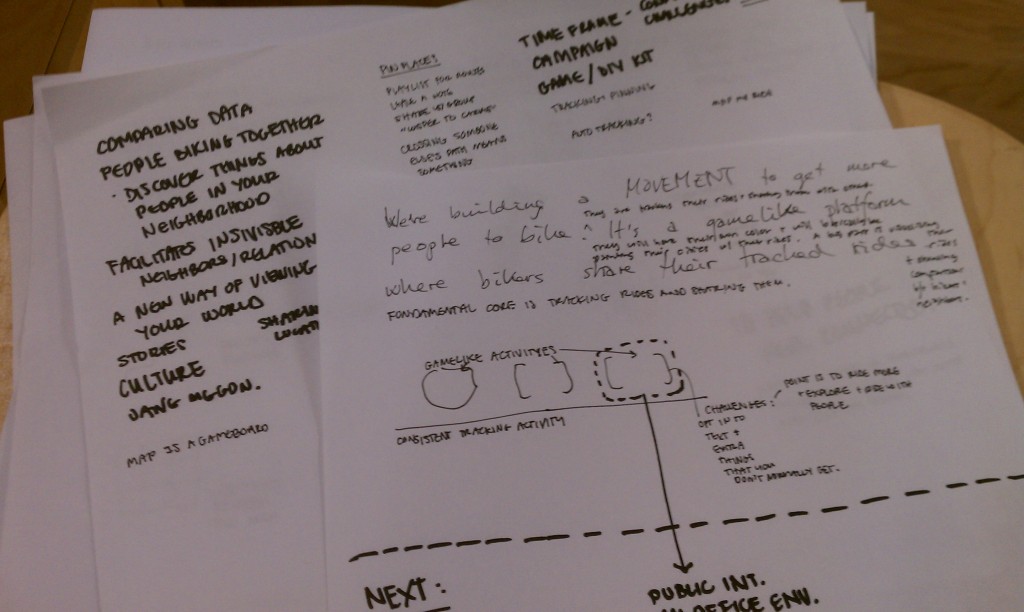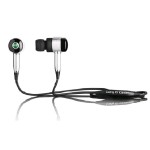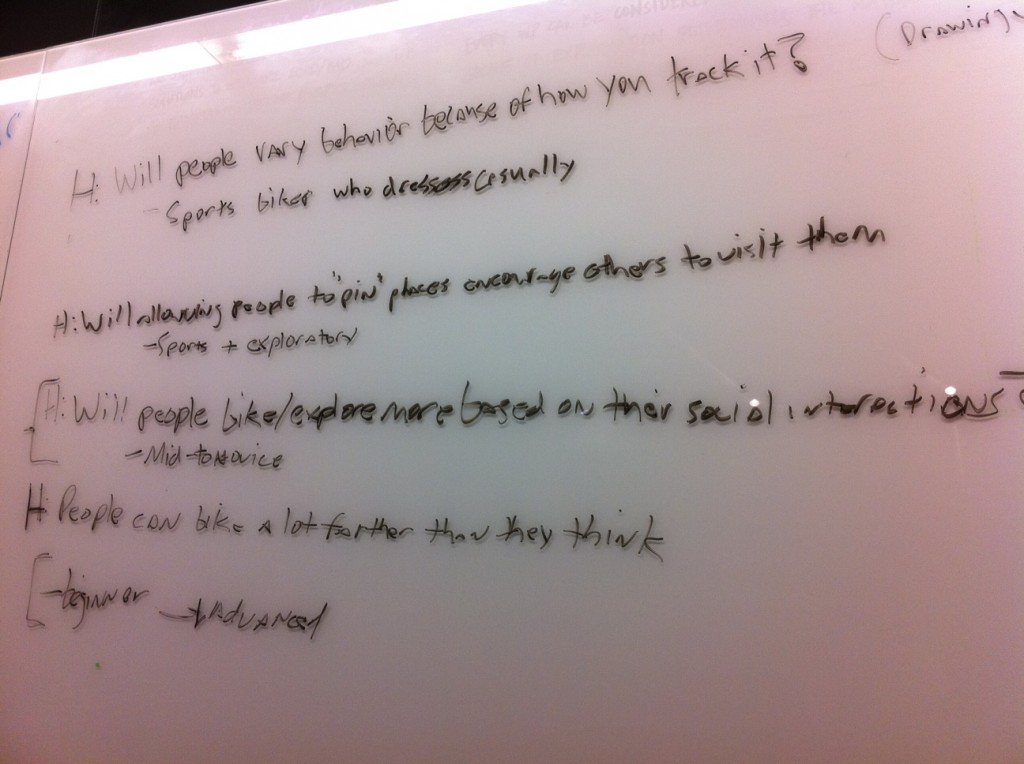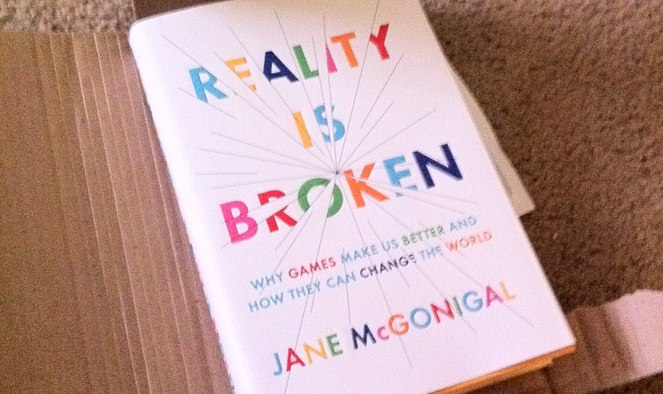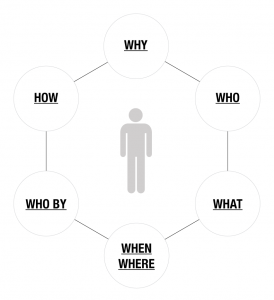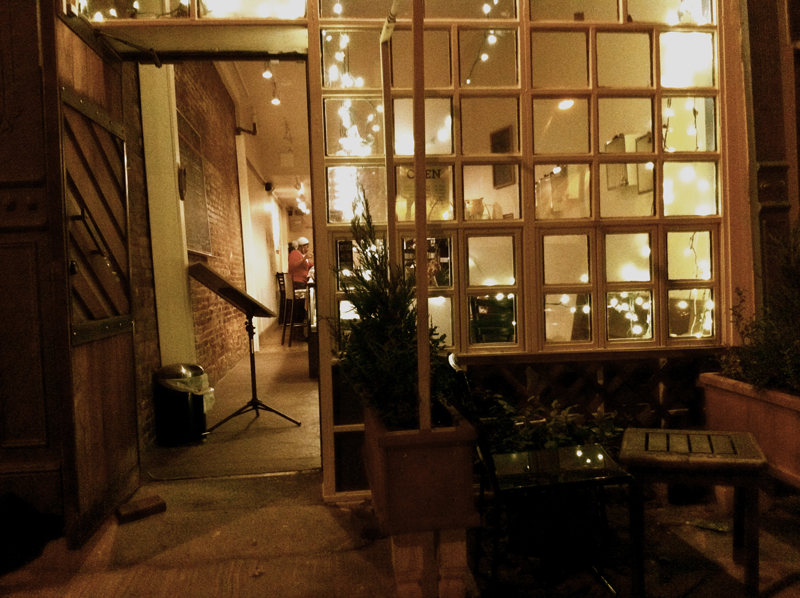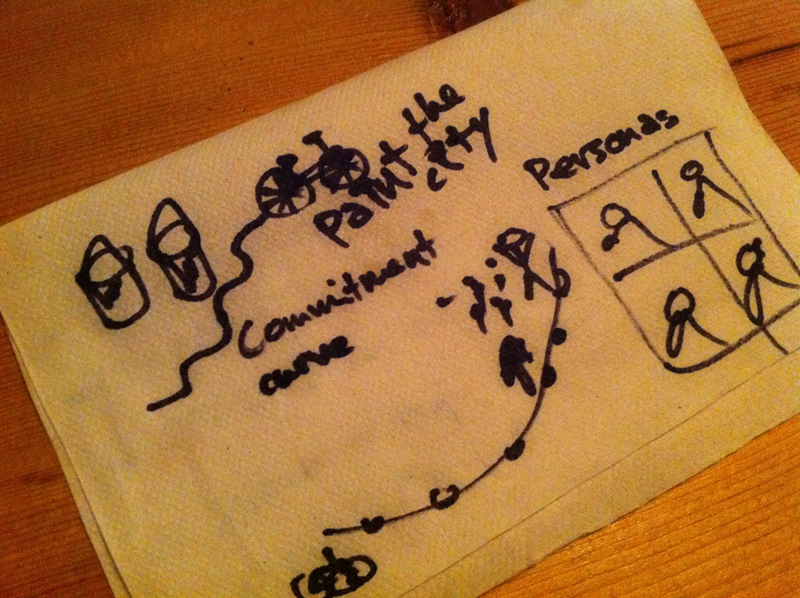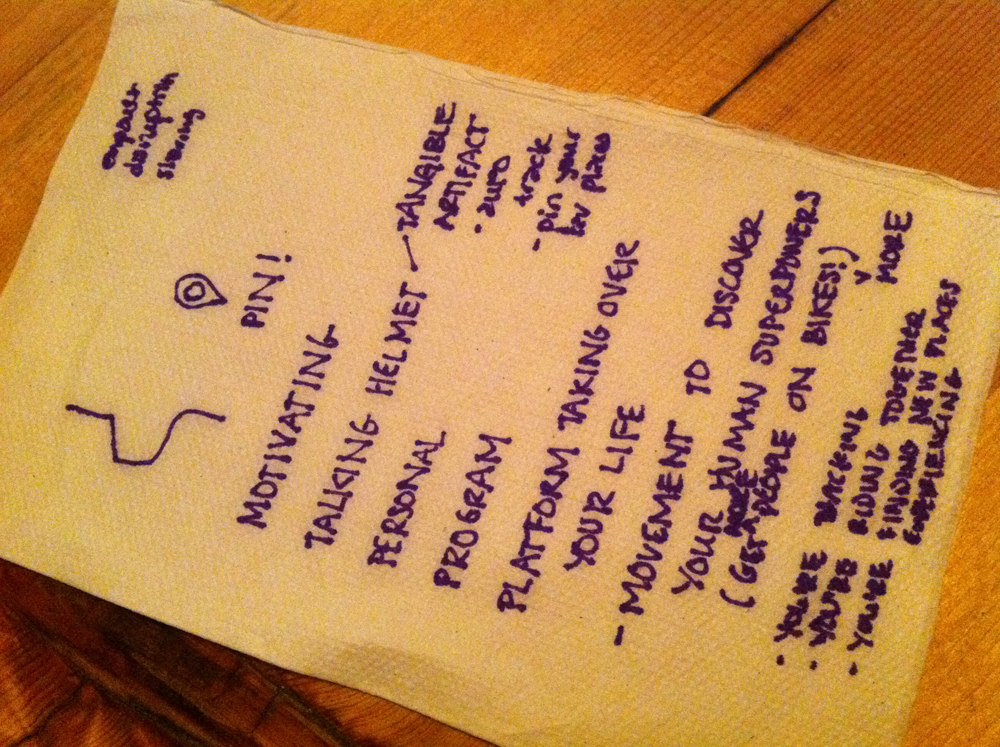I just read an interesting post from Copenhagenize, Can You Afford NOT to Use Your Bicycle for Commuting?. Lars Barfred argues that most of us are not even close to reaching the limit of what our body can handle when it comes to physical activity:
Even if you do the weekly 3-4 hours most governmental health organisations tend to advocate, you do not exceed 50% of what you were born to. [...] It is probable that the recommendation of 3-4 hours a week, is more based on what the health boards believe is realistic to encourage, and will not scare too many people away.
I believe that if you only try to bike for transportation, you’ll be surprised by how far you actually can bike. All of us can bike much further than we think, just like Barfred explains how comedian Eddie Izzard demonstrated that he could run much further than most people thought he could:
Izzard clocked up more than 27 miles – further than a marathon – every day, six days a week, since he set off on July 26. The man who trained for only five weeks before his Herculean effort found things became much easier once he hit the road. When he started, he was completing the daily distance in around ten hours. By the time he had finished he had halved his time to a little over five.
Barfred also explains why biking is a good form for base exercise:
The bicycle is gentle on joints and tendons, provided you do not stretch your knee fully during revolutions. Runners are often injured, which is why bicycling is the best base exercise you can find.
